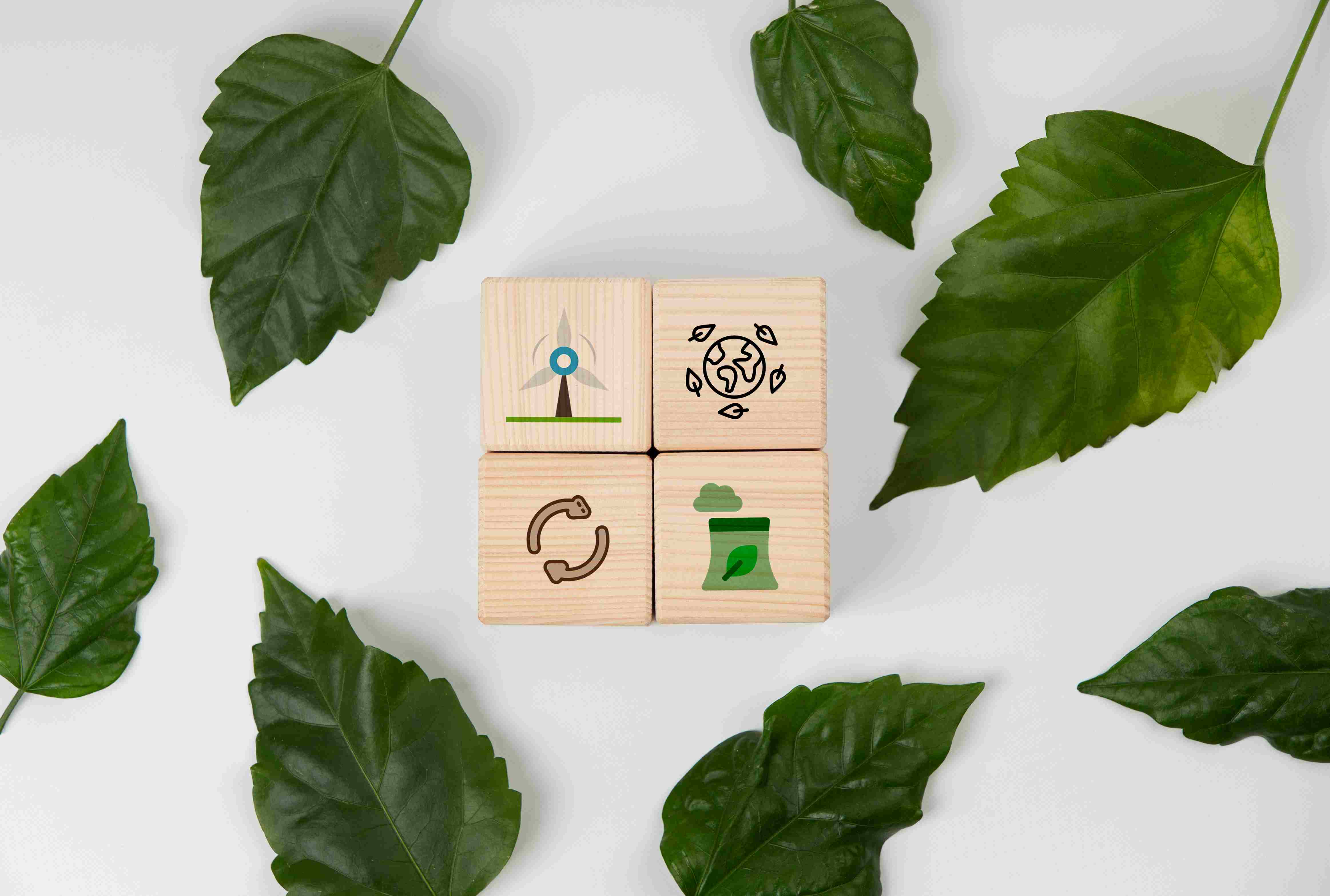
Sensory Marketing : 5 examples of brands leveraging stimuli
Marketing y Comunicación | Artículo-
Visitas3955
- Noviembre 2022
- Fecha de publicación
- Noviembre 2022
- Marketing y Comunicación
- Artículo
What is sensory Marketing?
Walking into a place like Time Square can feel like a bit of sensory overload. That is because there is so much input being transmitted into a person's eyes and ears that it can feel a bit overwhelming sometimes. This is due to a tactic used by many marketers called sensory marketing. Sensory marketing is the use of the different senses in order to sell or advertise brands and products in an appealing way. This allows customers to associate positive emotions with the brands being advertised, thus creating an impression that the customer will not easily forget. As there are five senses, there are subsequently five examples of sensory marketing: sight, sounds, scent, taste, and touch.
We recommend that you continue updating yourself on the latest trends and acquire the right knowledge. If you want to know more about sensory marketing, we invite you to take a look at our Master’s degree in Digital Marketing
Examples of sensory marketing
- Sight
- Sound
- Scent
- Taste
Sight
Probably the most common form of sensory marketing, sight attracts people by allowing them to associate things like colors and images with brands and products. For instance, what does the average person think of when they see a yellow smiley face over a red background? If you thought of McDonald’s, then the marketing team has done their job perfectly. Other factors like text can also attract customers. Certain fonts may indicate a level of quality, like cursive, for example.
Sound
To use the McDonald’s example again, sound is super important to the marketing of the company. Along with the images associated with it, one can also consider the jingle “I’m lovin it” as an example of sound as a form of sensory marketing. Jingles and sounds can allow people to think of certain brands instantly. Sounds permeate a person's brain and may even remain there without them even noticing. Songs get stuck in their heads and short jingles are no different. As a matter of fact, they can oftentimes even remain for longer periods of time due to their incredibly short nature.
Scent
Scent may seem like an unexpected way to attract customers but it is commonly used as a form of sensory marketing. Many household products like soap and candles have dozens of different scents in order to accommodate any consumer. Not only this but there can even be certain scents that are used to try and see which one the consumer prefers. Things like “scratch and sniff” use this method to allure those looking for a specific smell, be it for their perfume, cologne, and even air fresheners. Good food can also use scents to attract customers into their respective restaurants or coffee shops. The smell of coffee beans or baked bread can remind people of how hungry they are or how much they enjoy a certain food product.
Taste
“Free samples” are a very common way to let people try out whether they want to purchase food from any establishment. Ice cream stores allow customers to try their many different flavors quickly, and barely waste the product itself, for instance. Similarly, inside malls and other commercial establishments, a representative for restaurants in food courts may go around asking people to try their restaurant's food, thus allowing them to get an idea of what it is they may want to consume. Another form of sensory marketing through taste is to add new, “unique,” flavors in order to entice the consumer into trying something new that they can only and exclusively find at that specific restaurant.
Touch
While it may seem arbitrary, sensory marketing using touch is actually a common way to sell a product. Many products come with a “30 day guarantee” that allows consumers to physically try their product for a set amount of time, or else they get their money back. Another way to use touch is through simply allowing the consumer to try the product themselves within the establishment. Car manufacturers, for example, allow test drives in order for their product to be able to be tried by the consumer first hand. Similar to smell and taste tests, retailers that sell products like linens and clothes allow the customer to feel the material and even try on some of the products.
We recommend that you continue updating yourself on the latest trends and acquire the right knowledge. If you want to know more about sensory marketing, we invite you to take a look at our Master’s degree in Digital Marketing
También te puede interesar

Agenda 2030: qué es y para qué sirve
En el mundo profesional y empresarial actual, entender la Agenda 2030 se ha convertido en una necesidad estratégica. Este plan de acción global fue oficialmente adoptado el 25 de septiembre de 2015 ...
- Publicado por _ESIC Business & Marketing School

¿Qué es el software de código abierto?
El software de código abierto ha revolucionado el mundo tecnológico y cuenta con una comunidad que actualmente incluye a más de 83 millones de desarrolladores en GitHub y más de 20 millones de r...
- Publicado por _ESIC Business & Marketing School

¿Qué es la resiliencia climática?
El planeta se enfrenta a una realidad innegable: la temperatura media ha subido 1,1 °C desde la era preindustrial. Este aumento desencadena fenómenos meteorológicos extremos que ponen en peligro nu...
- Publicado por _ESIC Business & Marketing School

